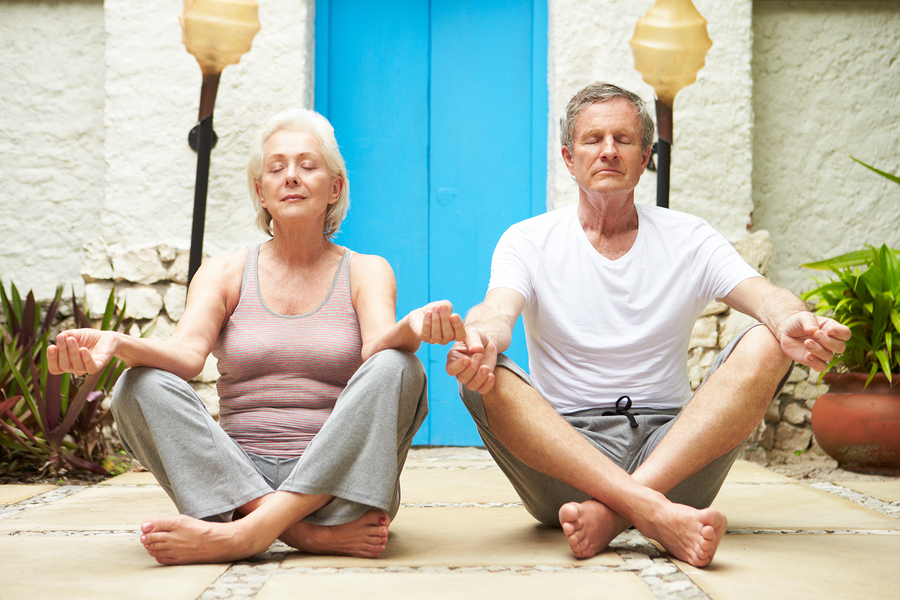The joys of meditating at home
In a world that seems to prioritise moving quickly and speaking loudly, there can be few things as relaxing as practising meditation.
Allowing your mind and body the chance to stop, recharge and forget about the stresses and strains of everyday life, it offers you everything your need to boost your mental wellbeing in a few simple steps.
Learn how to make time and space for yourself and pick up some of the techniques that will allow you to work towards a calmer, happier mental state.
Understanding meditation
Meditation is the process of emptying the mind of distractions and focusing concentration to achieve a level of clarity. It is a very important part of the Buddhist faith, which teaches that taking responsibility for our own states of mind is one of the most important things we can do. There are many different meditation techniques and you may find that some suit you more than others, but all work towards streamlining your attention so you can increase concentration and reduce anxiety. Not convinced? Read this Huffington Post article about 20 benefits of meditating.
To be able to enjoy the positive effects of meditation, you need to be willing to give yourself time to learn how to do it properly. Many people give it a try and quickly assume they’re not capable of meditation and give up very quickly. However, as with many other things in life, you need to practice if you want to be able to achieve a good level of competence.
Making time to meditate
Ideally, you should be able to set aside a small amount of time twice a day if you’re trying to learn how to meditate, about 20 minutes is sufficient. Sunrise and sunset are ideal times but any time that fits well into your schedule will do. Find a quiet space in your home where you know you are unlikely to be interrupted and where you’re confident you’ll be able to relax. Some people find that lighting candles or incense can help to make their space feel more calming.
You may want to start with a few simple yoga stretches, which are great for increasing circulation and cutting down on the urge to fidget. Once you’ve stretched, sit in a comfortable position on the floor, preferably with your legs crossed and your hands placed lightly on your knees or in your lap. Next, you’ll want to focus on your breathing. Deep breathing and a steady rhythm of breath is very important when you’re trying to lead the mind to a meditative state. Now try to focus your mind on one single point and don’t forget that meditating is an active endeavour, when you don’t pay attention your mind is likely to wander.
If you’re finding it difficult to concentrate, Zen Habits has some great tips for beginners that are sure to help you get on track. Life Hacker also has a very inspirational article about the process of meditation that’s excellent for anyone who wants to learn more about the way it affects every part of you.
Latest posts by Sally - Silversurfer's Editor (see all)
- Do you like the new Jaguar rebrand? - November 21, 2024
- Christmas Decorations Masterclass: Make your own Festive Wreath, Garland and Flower Centrepieces - November 21, 2024
- Finding warmth in cold days - November 21, 2024
- Fall in love with Norfolk Hideaways - November 20, 2024
- Would you prefer a cup of tea or a gin & tonic? - November 19, 2024





















